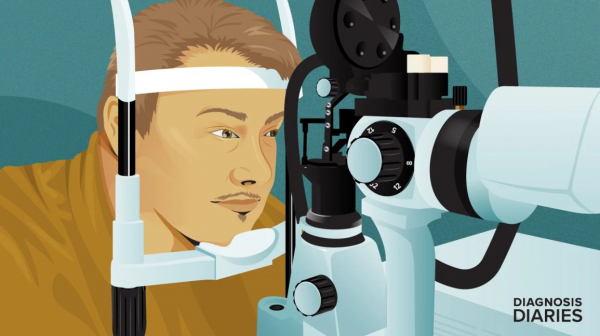 Illustration by Maya Chastain
Illustration by Maya Chastain
Losing my eyesight because of type 1 diabetes has always been the greatest fear of my life. Now, more than four decades after my T1D diagnosis and many years after my initial retinopathy diagnosis, diabetes is starting to steal my vision.
And I’m scared as hell.
Over the past 5 years, I’ve had 16 laser treatments and 6 injections in my eyes. Thinking about those numbers makes my mind spin. I worry whether, at some point, my eyes will just decide to give up.
Recently, I’ve been dealt a new diagnosis card: glaucoma. This complicates my already precarious state of life with both diabetes-related retinopathy and diabetic macular edema (DME). I now need to take eye drops twice a day to help lower the pressure in my eyes and prevent vision loss.
I’ve had diminished vision in my right eye since early 2024. There are dark floaters, almost like I’m looking through a thin veil placed in front of that eye. I can still see, but there are times when I close that eye just to get a break from that veil effect for a few brief moments, especially on clear sunny days or when I’m looking at bright screens.
There is a lot happening in my eye health journey, to say the least.
Fear of complications
For a dozen years after my initial retinopathy diagnosis, my condition was considered very mild and didn’t require any attention beyond the best-possible blood sugar management.
But the fear of something more significant has always been there, lurking.
Many people with diabetes (PWDs) live in fear of the dreaded diabetes complications that could someday strike — especially those of us diagnosed with T1D as kids or teens, who’ve had many years for possible complications to develop.
There is a term in our circle called “fear of hypoglycemia.” It’s used to describe the experience of dreading low blood sugars so much that it negatively impacts your diabetes management. In a frantic effort to avoid lows, people with diabetes often let themselves run high, which increases the likelihood of complications.
![]() Diagnosis Diaries
Diagnosis Diaries
“Of course, I was terrified by the idea of a scary needle moving toward my eye. But in reality, I barely noticed it.”
I would suggest a new term for consideration, “fear of complications.”
So many of us shape our lives and our diabetes care based on that fear, that anticipation, that dread of future complications — or of current complications that may evolve and get worse. It has a real mental health impact. The psychosocial part of diabetes care is still in desperate need of improvement.
I’ve been hearing the warnings about diabetes complications for as long as I can remember — including the fact that people with diabetes are at higher risk of developing eye disease.
More than half of all people with diabetes will experience diabetes-related retinopathy or macular edema at some point in their lives. Other estimates put that number even higher, particularly for people with T1D.
Facing my worst diabetes fears
In the summer of 2019, I learned that I’d crossed some retinopathy-related threshold and my diagnosis had evolved into one requiring laser treatments. My world seemed to collapse. My heart started beating rapidly, and tears began to swell.
Even though the eye doctor assured me that the treatments would be “very routine,” my mind could hardly process the news.
After being informed of my progressing retinopathy and the need for laser treatments, my fear of complications immediately clouded all rational thought. My eye doctor tried to reassure me, as did others who’d been through this type of laser treatment before. “Calm down,” they advised. “It’ll be all right.”
And yet, I couldn’t calm down. Understandably. I’d never gone through something like this firsthand.
Going into the procedure, my nerves were frayed. I barely slept the night before. And the drive to the eye clinic was excruciating.
My retinopathy laser treatment
Despite my fears, I went through with it.
I discovered that the actual procedure wasn’t scary or painful at all. It turned out to be less inconvenient than even a normal diabetes eye exam, where you have to keep your eyes open while staring into ridiculously bright lights.
The procedure on my affected eye went something like this:
- I was given numbing eye drops and drops to dilate my pupils.
- I saw someone draw an X to mark the spot over my left eye — a safety precaution.
- I placed my chin on the laser machine and looked into its light, focusing on a little dot while the doctor examined the insides of my eye. This wasn’t scary, as it was no different than any other machine I’d had to rest my chin on in the past for routine eye exams.
- Next, I saw 30 bright flashes of light that were—as my eye doctor had explained—about the same as seeing rapid camera flashes back-to-back. This part took about 20 minutes in total.
- The whole procedure from start to finish was only about 45 minutes, with half that time devoted to sitting in a waiting room as my numbing and dilation drops did their job.
And that was it!
My first-ever experience with retinopathy laser treatment was a breeze. No pain, no big deal.
That’s what my eye specialist had told me going into the procedure, but I didn’t take his word for it. I should’ve listened and trusted him.
In terms of “recovery” afterward, it was easy-peasy with no visual impact. My left eye just felt dilated. In the following hours, we went out for dinner and drinks without any issues (aside from some grimaces when a bright light hit me at the wrong angle).
It was also a nice bonus that my blood sugars didn’t spike as a result of this procedure. The hour or so before the treatment, I did experience higher blood sugars because of the stress and nervousness going into the appointment. But my blood sugar levels only rose to the low 200s before leveling off and settling back down within a couple of hours.
Over the next few days, my left eye was a bit itchy, and there were a handful of moments of minor discomfort from glaring at my bright laptop screen. But that was it.
![]() More in Diagnosis DiariesView All
More in Diagnosis DiariesView All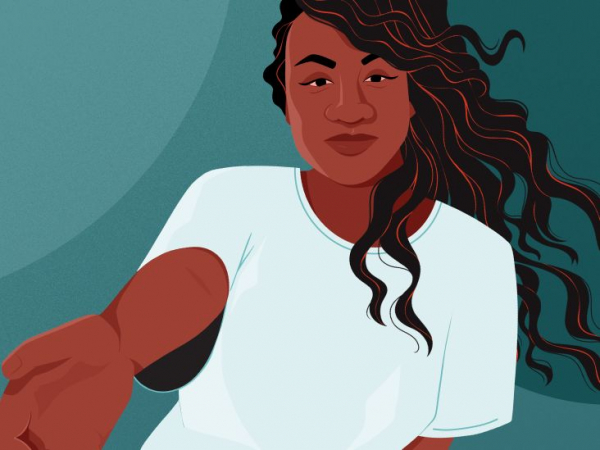 My Bipolar Disorder Diagnosis StoryBy Candis McDow
My Bipolar Disorder Diagnosis StoryBy Candis McDow My Personal MS (Multiple Sclerosis) Diagnosis StoryBy Devin Garlit
My Personal MS (Multiple Sclerosis) Diagnosis StoryBy Devin Garlit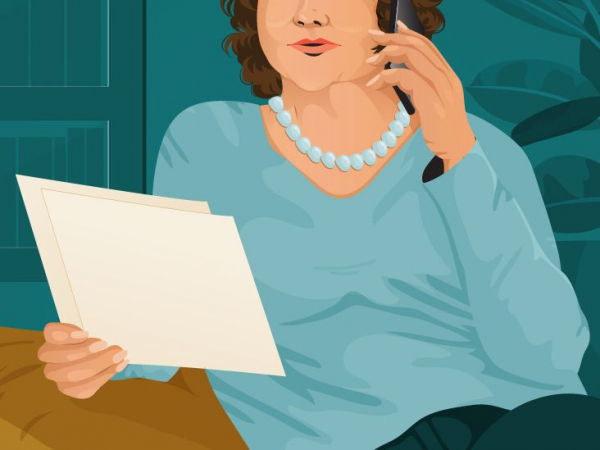 My Lynch Syndrome DiagnosisBy Barbara Ruben
My Lynch Syndrome DiagnosisBy Barbara Ruben
Experiencing eye injections
That initial laser procedure was successful and treated the eye issue at hand. But it wouldn’t be my last. My progressing retinopathy would soon lead to DME and require more treatments.
Almost a year after my first laser treatment, an eye hemorrhage materialized. I started noticing dark, black floaters in my right eye — the one that hadn’t needed the initial laser treatment. Cue even more panic from me!
There was a lot of crying because this was the first and most noticeable time my vision had been impaired as a result of retinopathy.
My situation was described as a “critical, vision-impacting emergency.” The retinal specialist observed that a small blood vessel had burst. Blood leakage in my retina was causing the floaters in my field of vision.
This required an eye injection.
![]() Diagnosis Diaries
Diagnosis Diaries
“Connecting to others who’ve gone through these types of treatments has been a saving grace, putting my nerves and mind at ease in the most stressful of times.”
There are several eye injection medications available for diabetes-related retinopathy, but my doctor suggested the oldest one on the market: Avastin.
Interestingly, Avastin isn’t even approved for diabetes-related retinopathy or DME. It was previously used to treat cancer. Now it’s used off-label for people with diabetes experiencing retinopathy-related vision issues, as it can slow or stop abnormal blood vessel growth. My eye specialist explained that it’s a less expensive first-line treatment that’s just as effective as the newer, more expensive injections.
Once again, my treatment began with numbing drops. But then came the injection.
Of course, I was terrified by the idea of a scary needle moving toward my eye. But in reality, I barely noticed it. Thankfully the injection comes from the side of your field of vision. And due to the numbing drops, I felt only a little pinch, lasting just a few seconds. It was finished just as quickly as it had begun.
Later in the day, once the eye drops had worn off, my sight was back to normal. There was some minimal burning at times, similar to the way it hurts looking into a bright light. It would force me to close my eyes for a moment to adjust while I wipe away some tears.
The blood in my eye that was causing the floaters eventually dissipated, as the doctor expected it would.
![]() Diagnosis Diaries
Diagnosis Diaries
More about diabetic retinopathy treatment
- Laser Treatment for Diabetic Retinopathy
- Medicated Eye Injections for Diabetic Retinopathy
- Diabetic Retinopathy 101: What You Should Know
An evolving diagnosis
I’ve had several more injections and many more laser treatments since this started. This is a continuing journey with many moving parts:
- Several of my appointments include dye tests, where they inject a yellow dye into my veins and then take detailed photos of the back of my eye to see how my blood vessels are faring.
- With glaucoma, I also need to use eye drops twice a day to help keep my eye pressure low. Otherwise, there’s a chance that I could suddenly lose my vision because of the glaucoma, not the diabetes-related retinopathy.
- I’m also at higher risk for developing a detached retina thanks to family history and my own eye health issues, and so that is something I’m keeping in mind as I get older.
To date, I’m grateful everything has been going as well as it can. And I continue doing my best to keep my blood sugars in range.
Although no one wants to develop or need treatment for diabetes-related eye disease, I’m obviously hugely relieved about my (mostly) positive experience.
Even though I remain scared about losing my eyesight, I try to be mindful of the fact that there’s a lot to be thankful for in living with diabetes in the here and now.
Mike Hoskins is an engagement editor at Healthline. Prior to that, he was managing editor at DiabetesMine. He has lived with type 1 diabetes since age 5 in 1984, and his mom was also diagnosed with T1D at the same young age.
With a journalism degree from Oakland University in Michigan, Mike has over two decades of experience at various daily, weekly, and specialty print and digital media publications. He joined DiabetesMine in 2012, after several years of writing his own personal diabetes blog.
![]() More in Diagnosis DiariesView All
More in Diagnosis DiariesView All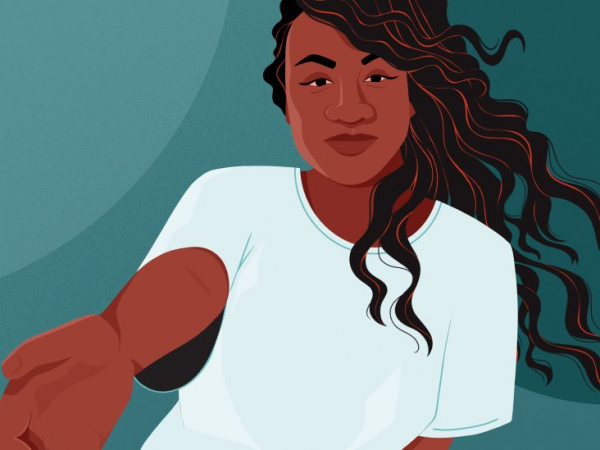 My Bipolar Disorder Diagnosis StoryBy Candis McDow
My Bipolar Disorder Diagnosis StoryBy Candis McDow My Personal MS (Multiple Sclerosis) Diagnosis StoryBy Devin Garlit
My Personal MS (Multiple Sclerosis) Diagnosis StoryBy Devin Garlit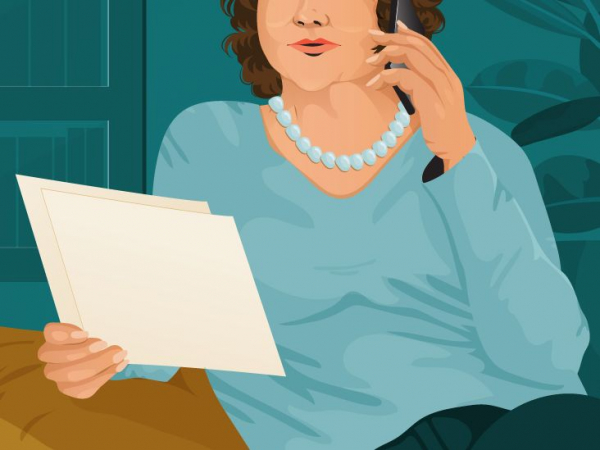 My Lynch Syndrome DiagnosisBy Barbara Ruben
My Lynch Syndrome DiagnosisBy Barbara Ruben


